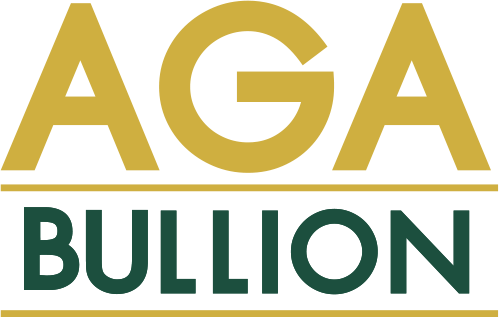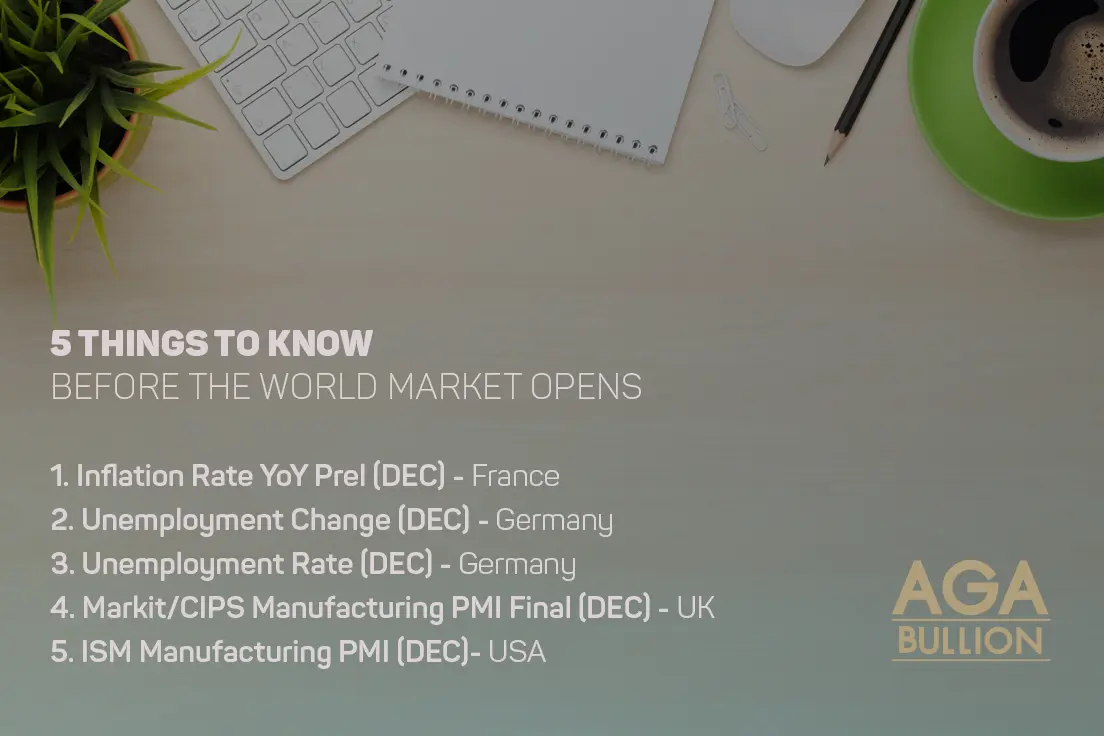5 things to know before the World Market opens 4th January 2021
4th Jan 2022 - Key global events on the horizon that could subtly shift or substantially shake up the financial markets
1. Inflation Rate YoY Prel (DEC) - France
In France, the most important category in the consumer price index is services (48 percent of total weight), in particular actual rentals and services for dwellings (7 percent), health services (6 percent), transport (3 percent), and communication (2 percent). The index also includes: manufactured products (26 percent) such as medical products (4 percent) and clothing and footwear (4 percent); food (16 percent); energy (8 percent) such as petroleum products (4 percent); and tobacco (2 percent).
2. Unemployment Change (DEC) - Germany
In German, unemployment change measures the absolut change in the number of unemployed people in the reporting month.
3. Unemployment Rate (DEC) - Germany
In Germany, the unemployment rate measures the registered unemployed as a percentage of the civilian labor force. The registered Unemployed as defined in the statistics collected by the Federal Employment Office and based on the register of persons out of work are all those persons who have reached the age of 15 but not yet the age of 65 who have no job or only a part-time job (at present less than 15 hours a week) and are looking for a job subject to compulsory insurance with a working time of no less than 15 hours a week. They must have registered at the appropriate job center and must not be certified as unfit for work.
4. Markit/CIPS Manufacturing PMI Final (DEC) - UK
Markit/CIPS UK Manufacturing Purchasing Managers’ Index measures the performance of the manufacturing sector and is derived from a survey of 600 industrial companies. The Manufacturing Purchasing Managers Index is based on five individual indexes with the following weights: New Orders (30 percent), Output (25 percent), Employment (20 percent), Suppliers’ Delivery Times (15 percent) and Stock of Items Purchased (10 percent), with the Delivery Times index inverted so that it moves in a comparable direction. A reading above 50 indicates an expansion of the manufacturing sector compared to the previous month; below 50 represents a contraction; while 50 indicates no change.
5. ISM Manufacturing PMI (DEC) - USA
The Manufacturing ISM Report On Business is based on data compiled from purchasing and supply executives nationwide. Survey responses reflect the change, if any, in the current month compared to the previous month. For each of the indicators measured (New Orders, Backlog of Orders, New Export Orders, Imports, Production, Supplier Deliveries, Inventories, Customers' Inventories, Employment and Prices), the report shows the percentage reporting each response, the net difference between the number of responses in the positive economic direction and the negative economic direction, and the diffusion index. A PMI reading above 50 percent indicates that the manufacturing economy is generally expanding; below 50 percent indicates that it is generally declining.







